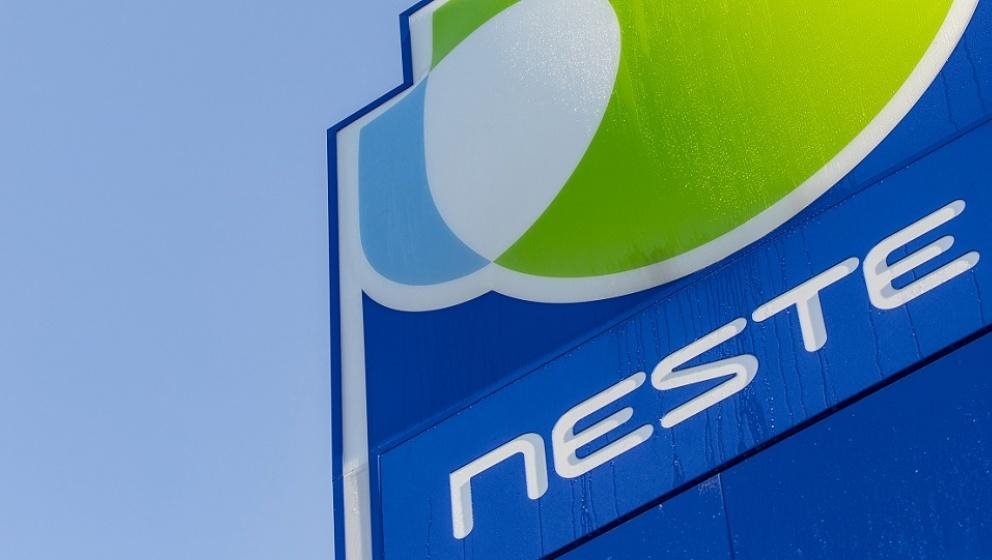
In early September, fuel retailer Neste announced it would end its customer loyalty discounts and instead lower prices to a single level for all buyers. Neste's sales director, Martin Õunap, said the company's new sales strategy created a completely different situation in Estonia's fuel market.
"For a very long time the market had worked in a certain way, and this is definitely a small shift," Õunap said. "We can highlight several reasons. From our perspective, we simply listened to customer feedback and also drew on the experience of our colleagues in Finland. There, the Express model has been used for eight years with great results. Customers have received it very well and we've already seen more frequent visits."
According to Õunap, competitors reacted predictably to Neste's decision to abandon its loyalty program. Prices at gas stations began to diverge, and so far, one other chain has also given up customer discounts, though most have not.
Terminal board member Alan Vaht said dropping loyalty programs amounts to deceiving customers. "A loyalty program is still a kind of value you give back to the customer. You promised this to the customer, and if you start taking something away, that's deceiving them," he said.
Alexela board member Tarmo Kärsna noted that customers now have a choice in approach. Do they prefer a system where loyalty is rewarded with different offers, depending on how much you consume and how long you've been a customer? Or do they prefer not needing a card at all — you just come, fill up and that's it," Kärsna said. "Our experience shows that customers have strongly favored loyalty programs."
The gas station chains have entered a contest — more delicately called a search for balance in the market. Vaht, who has worked for several fuel companies, said the last comparable situation arose in 2016, when the price gap between full-service and cheaper self-service stations disappeared.
"As long as I've been in the fuel market, there's always been this fight between stations across the street from each other — a constant cat-and-mouse game. For the last nine years, we've been in a situation with uniform prices, which consumers didn't like either. They didn't like that rural areas were more expensive, and in recent years, they didn't like that prices were the same everywhere — people accused us of collusion. Now we're back to where we were nine years ago, except the swings are much bigger, and that's because the right balance point hasn't been found," Vaht explained.
The situation where one station's price change immediately triggered the same adjustment at a competitor across the street no longer exists. "Some places are five cents more expensive, some ten cents, and sometimes prices are the same across chains — that's a price war," Vaht said.
Alexela's Kärsna agreed that varying prices are here to stay. "Both between chains and across regions. It depends on competition, but of course also on costs. Right now, it's more about finding balance. Will prices stay this low? Definitely not. As many have said, there are often days when fuel is sold below world market prices. That's not sustainable — it can't last long," he said.
The Competition Authority continuously monitors the fuel market and has investigated whether fuel sellers have coordinated prices in the past.
Kadri Leplik, head of the authority's competition division, said the agency is looking for agreements or cartel-like patterns but will draw final conclusions only after its report is completed. The report will be finished next year. If its analysis shows signs of possible violations, the agency can open a supervisory proceeding.
Full story Gas stations' price war ushers in new fuels market situation in Estonia | News | ERR